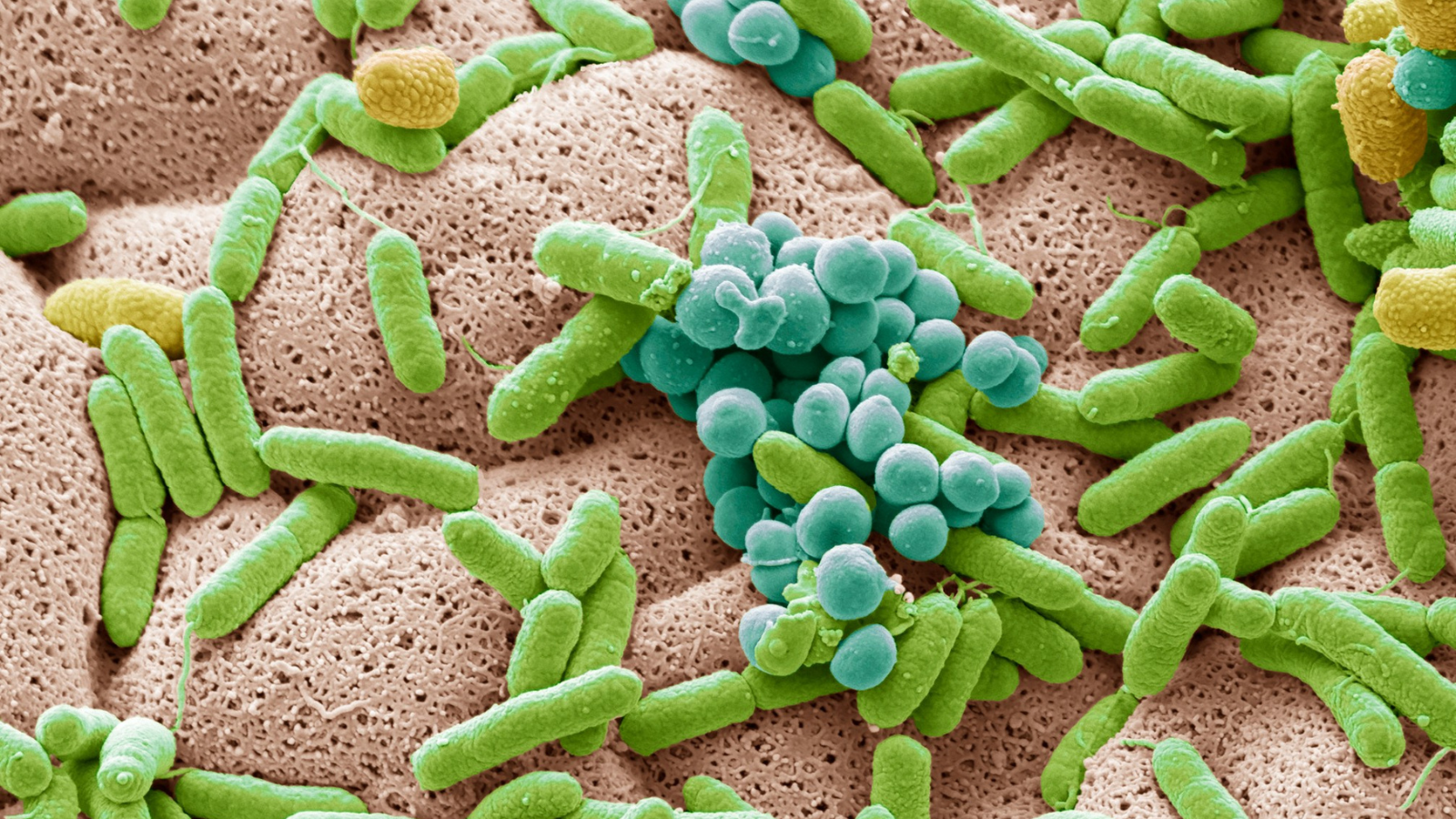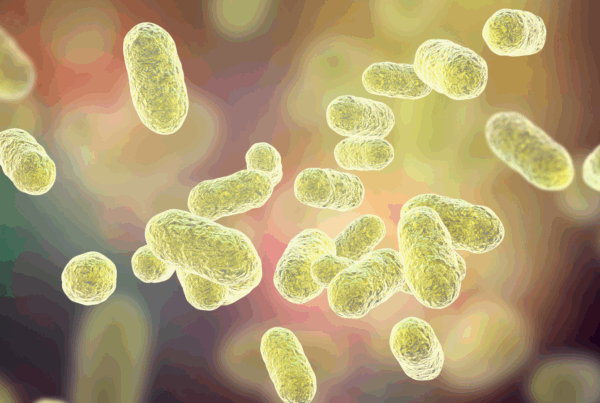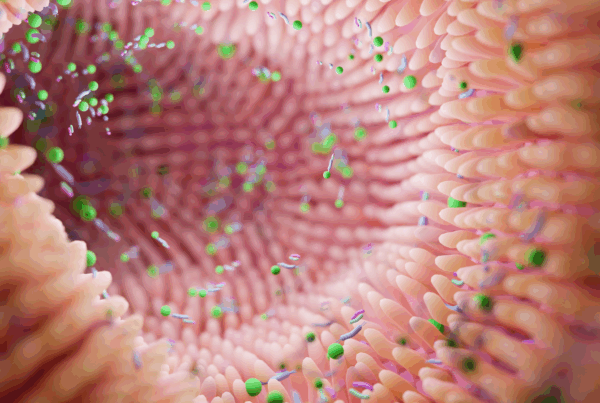
The human microbiome is a growing focus in scientific research, drawing interest from experts and the public. While studies over the past two decades have revealed its role in health and disease, many misconceptions persist. Here, we debunk common myths based on recent research.
Myth #1: The Human Microbiota Weighs 1–2 Kilograms
Reality: Studies suggest that the total weight of the microbiota is likely under 500 grams, making it a significantly smaller component of the human body than previously thought.
Myth #2: The Microbiota Outnumbers Human Cells by 10:1
Reality: More recent estimates place the ratio closer to 1:1, though it can vary depending on the individual and specific conditions.
Myth #3: The Microbiota is Inherited from the mother at Birth
Reality: While some microbes are transferred from mother to child during birth, an individual’s microbiome is shaped more by environmental factors, diet, and lifestyle over time rather than solely by inheritance.
Myth #4: Most Diseases Are Caused by a ‘Pathobiome’
Reality: Changes in the microbiome are often associated with disease, but causation is difficult to establish. The concept of a “pathobiome” oversimplifies the complex interactions between microbes and the human body.
Myth #5: Sequencing Methods Are Completely Unbiased
Reality: Despite advancements in sequencing technology, biases are introduced at multiple stages, from sample collection to data analysis. This can affect the interpretation of microbiome studies and underscores the need for methodological awareness.
Myth #6: Most of the Human Microbiota is ‘Unculturable’
Reality: While historically challenging, many species have now been successfully cultured, and ongoing research continues to refine techniques for growing previously unculturable microbes.










